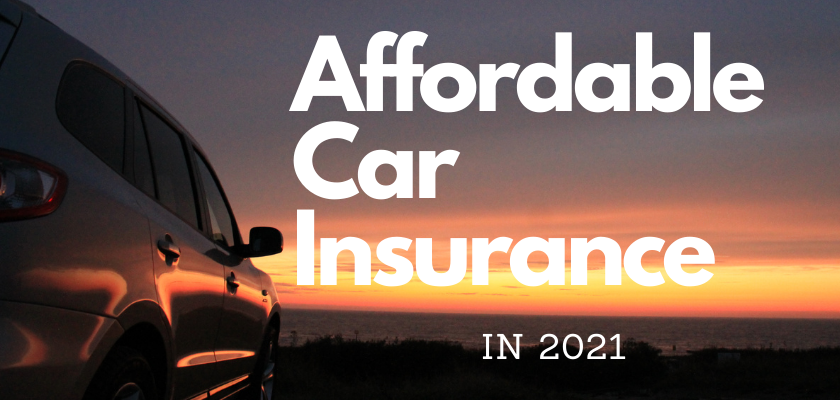Grasping Vehicle Insurance: What Operator Should Be Aware of

Auto insurance is an essential aspect of prudent vehicle management, providing monetary protection against a number of risks that drivers face on the road. For a lot of people, navigating the landscape of auto insurance can be daunting, with a wide range of options, coverage types, and terms that might look complex at first. Understanding the basics of car insurance is imperative not only for adherence with legal requirements but also for shielding your financial well-being in the event of an accident or damage to your vehicle.
As a driver, being informed about car insurance enables you make smarter decisions about the coverage you need. From liability and collision coverage to understanding excesses and premiums, there are many factors that influence your insurance situation. This article aims to break down the essential elements of car insurance, helping you comprehend what every driver should be aware of to ensure they are adequately protected while on the road.
Types of Car Insurance
There exist several types of car insurance coverages available, each tailored to satisfy diverse wants and needs of drivers. Among the most prevalent types is liability insurance, mandated in most states. This type of insurance pays for the damages and injuries caused to others in an accident where the driver is at fault. It typically covers bodily injury liability and property damage liability, protecting you against financial loss from claims made by others.
An additional common type is comprehensive coverage, which protects your vehicle against non-collision-related incidents. This covers theft, vandalism, natural disasters, and hitting an animal. Comprehensive insurance is particularly important for those who live in areas vulnerable to such hazards or for drivers with newer, luxury vehicles. It provides confidence knowing that you are covered not just for accidents on the road but for other unforeseen incidents.
Collision insurance is a further essential component of many drivers' auto insurance plans. This coverage pays for damages to your vehicle resulting from a collision with another vehicle or object, no matter who caused it. If you are financing or leasing your car, lenders typically require collision insurance. Collectively, these types of coverage help ensure that you are financially protected in various driving scenarios, giving you the confidence to hit the road.
Aspects Influencing Insurance Costs
Multiple key factors determine the costs that motorists pay for car insurance. One major factor is the driver's years of experience and level of experience. In general, less experienced drivers or those with limited experience tend to face higher costs due to their higher likelihood of collisions. Insurers commonly view more mature, more seasoned drivers as more responsible behind the wheel, which can cause reduced costs.
The kind of vehicle also has a crucial role in affecting insurance costs. Cars that are more expensive to repair or replace usually come with elevated costs. Additionally, cars with sophisticated safety features may qualify for reduced costs, as they are seen as less susceptible to be part of serious collisions. Insurers will also consider the likelihood of theft or the vehicle's safety records.
One more significant aspect is the operator's history of insurance claims and financial rating. A history of former claims can signal to insurers that a driver is at greater risk, resulting in higher premiums. Similarly, a person's credit score can influence costs, as insurers commonly use it as a metric of financial responsibility. Elevated credit ratings may result in diminished premiums, while lower ratings could result in increased rates for auto insurance.
Methods to Select a Proper Policy
Selecting a proper car insurance policy begins with knowing your personal needs as a driver. Take into account factors such as your motor habits, the type of vehicle you own, and your budget. When you drive a modern car, you may want a policy with comprehensive coverage to protect against theft or damage. Conversely, if best car insurance near me is vintage, minimum liability coverage may be enough. It's crucial to assess how much coverage you need based on your risk tolerance and lifestyle.
Then, shop around and contrast quotes from various providers. Insurance companies often have different rates for the same coverage, so taking the time to gather multiple quotes can yield substantial savings. Look beyond just the price; review the company’s standing, customer service, and claims process. Reading reviews and asking friends or family about their experiences can offer perspectives into which insurers are reliable and offer thorough support.
Finally, familiarize yourself with the terms and conditions of each policy before making a decision. Be aware of the deductibles, coverage limits, and any exclusions that may apply. Don't hesitate to reach out to insurance agents for clarification on any points you find confusing. The goal is to make sure you find a policy that not only fits your budget but also gives you peace of mind while on the road.

